Everyone knows the Eiffel Tower, or Tour Eiffel. You could probably draw a pretty accurate sketch without even looking. And quite a few folks know that that Gustave Eiffel, who designed and built it, also provided the iron skeleton that keeps the Statue of Liberty standing in New York Harbor.
But how many of us know that you could spend weeks or months on an “Eiffel Tour” of his important structures all over Europe—and the world? We’ll take a look here at an assortment of his works, many still in use—even including a pre-fab steel cathedral.
Ironically, his two best-known works, the Tower and the Statue, have no real function except to be there, while nearly all his other work was busy getting railroads across rivers and valleys, changing construction methods, developing some of the first pre-fab or modular buildings and bridges, designing canal locks and, near the end of his life, making important discoveries in aerodynamics and meteorology.
My fascination with Eiffel took a big leap forward while we were planning a summer trip to Portugal. We not only found his beautiful Maria Pia bridge (above) in Porto, but learned that the bridge had played such an important role in Porto’s development that a major waterfront road is named for him.
A few months later, an article about suspension bridges in Paris (there were several in the 1840s, but that’s another day’s story) pointed out that the only remaining one, in the Parc des Buttes Chaumont, was built by…yes, Eiffel…started me looking.
Eiffel was born in Dijon in 1832 to a family with money. He was an indifferent student until he decided to try for the prestige engineering school, the Ecole Polytechnique. Despite tutoring, he didn’t make it, and went instead to the less-prestigious, more vocational, École Centrale des Arts et Manufactures. The first big project he worked on (not his design, but he supervised and developed construction methods, was this bridge over the Garonne at Bordeaux, still in use.
The success of the Maria Pia bridge, whose construction was immensely complicated because it needed to cross a rapid river in a deep valley, got Eiffel and his partners a number of commissions, including the Garabit Viaduct over the Truyere in France’s Massif Central.
Not all his bridges were so big; the one below is in Girona, northeast of Barcelona; it was built at a point where four small rivers meet.
But bridges were far from his only talent. His first work was for a company that specialized in railway engineering. For them, and after he set out on his own, he designed and built a number of large railroad stations, with large graceful glass-and-iron train sheds. Among the most significant still in use is Budapest’s Nyugati, or West Station.
But Eiffel’s work and influence were not limited to Europe…if you want to follow his trail, you’ll find yourself flung across continents. Another of his major rail terminals, now a central bus station, is in La Paz, Bolivia.
Another major Eiffel work in S. America is the cathedral in S. Pedro de Tacna, in Peru.
One Eiffel building in Peru wasn’t built there: The Casa de Fierro, in Iquitos, Peru was built as a pavilion for the Paris Exhibition of 1889; it was built off-site in Belgium, and after the fair was taken to Peru to house a social club.
Eiffel’s work was important not only because of the visible buildings, but also because of his innovations in engineering. These included not only the perfection of the Maria Pia style arched bridge, but the development of a system of modular bridges for the French colonial government in Indochina. The bridges were made of a number of standardized components that could be bolted together into various kinds of bridges by semi-skilled workers on distant sites.
For the Nice Observatory, largest of its kind at the time, he floated the dome in a ring-shaped trough filled with a saltwater solution; this allowed the dome to turn smoothly in infinitely small increments.
The Eiffel Tour, in short, could go on for a long time: a hotel in Iasi, Rumania; the Main Post Office in Ho Chi Minh City, Vietnam (below); the municipal market in Manaus, Brazil; a pier turned shopping center in Izmir Turkey…but perhaps it’s fitting to finish with one of the most unusual. The honor has to go to the Basilica of San Sebastian in Manila, a building he never saw but designed in almost every detail.
San Sebastian is the only all-steel church in Asia, and is reported to be the only pre-fabricated all-steel church in the world. It is also certainly the largest. Genaro Palacios, a Spanish architect, provided the overall design, and Eiffel was brought in to turn it into steel reality. All the sections were manufactured in Belgium and shipped to the Philippines for assembly. While it has had periods of poor maintenance, it has undergone a good bit of restoration in recent years.
And remember: this is still only a small sample of Eiffel's work. We'll be back with more of the story in the future, including the incredibly complicated story of the construction of the Eiffel Tower. In the meantime: Happy Traveling!

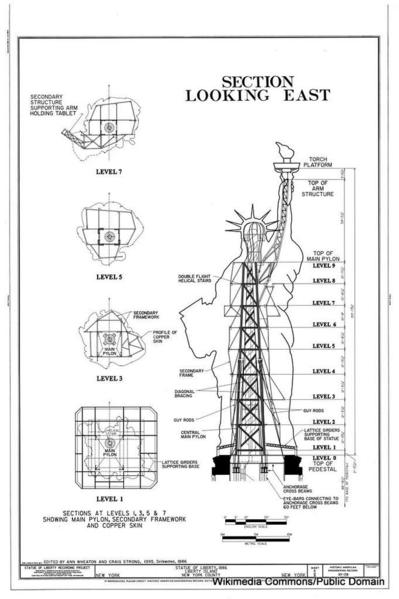
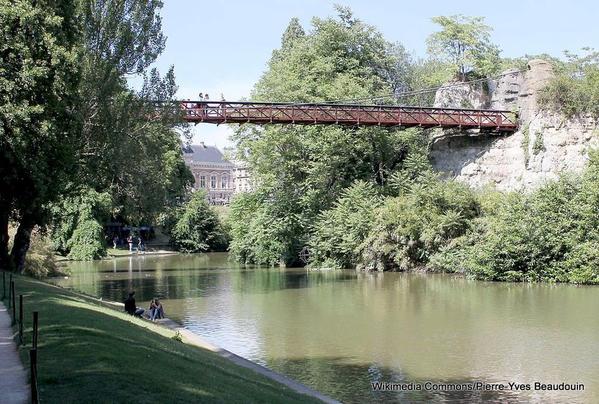

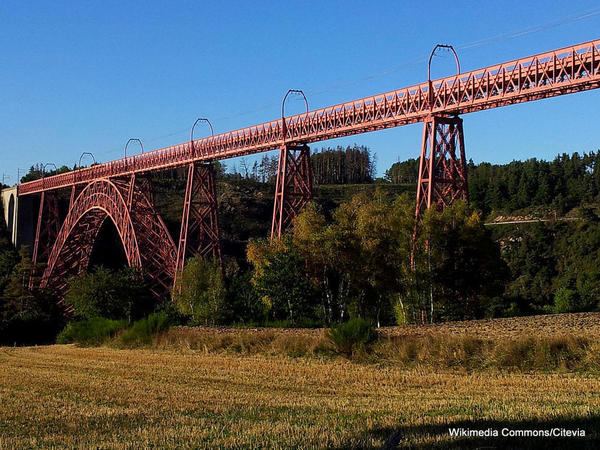
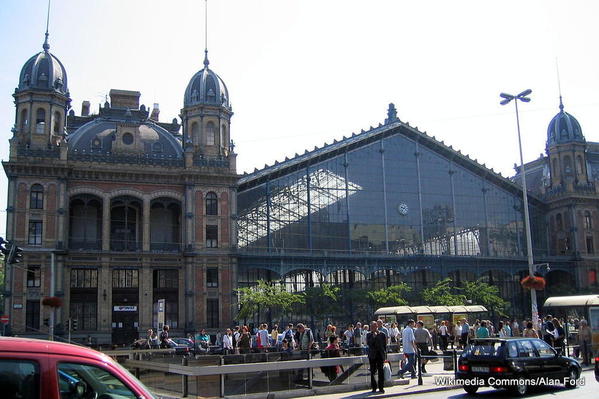
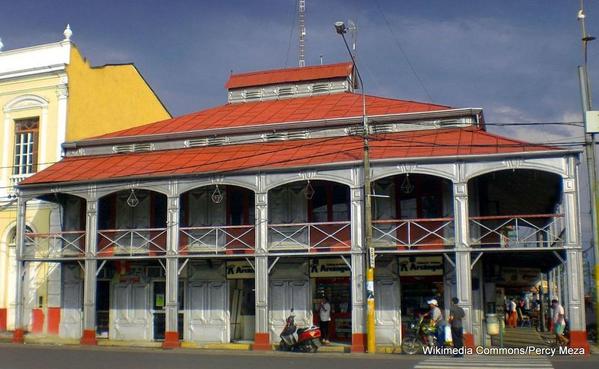
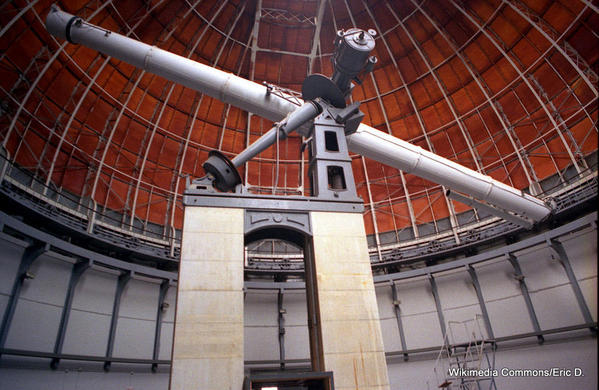
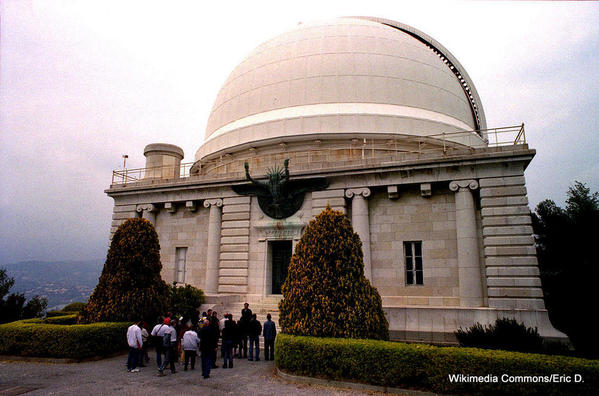
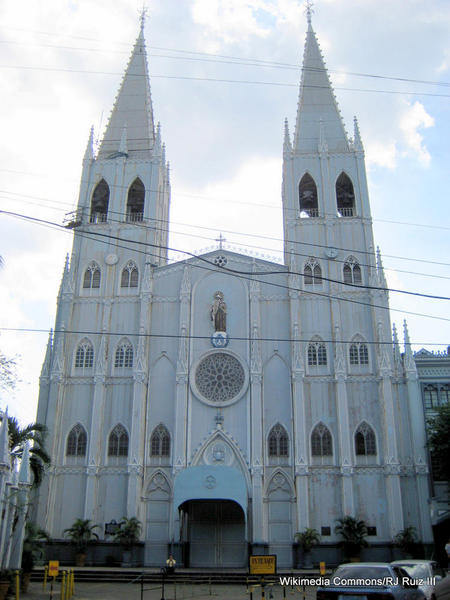
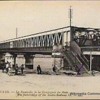
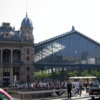
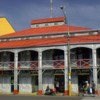
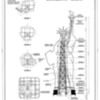
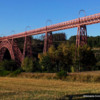
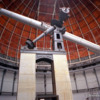

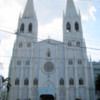
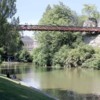
Comments (6)